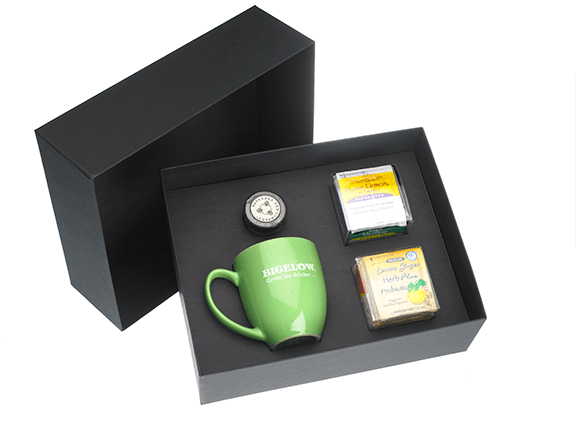Rather than make packaging part of the conversation after consumer goods production is complete, it’s best to make packaging part of the product development conversation. There’s not one overarching reason why, but rather numerous variables that factor into this need.
#1. It’s What Keeps Your Products Protected
When consumer products are damaged in transit, the loss extends far beyond the actual products. On one hand, businesses have to manage the return of these damaged goods along with consumer refunds and replacements — extra steps that further disrupt an already-volatile supply chain. What’s more, customer dissatisfaction can translate into fewer repeat purchases and negative reviews that impact others’ purchasing decisions.
Integrating packaging into consumer goods production helps to minimize these issues from day one. From materials down to the sizing specifications, businesses can design the optimal case to keep consumer products cushioned and secure in transit — with assurance the design will translate into a manufacturable product when it comes time.
#2: It’s What Effectively Advertises Your Product
Think of packaging as the elevator pitch for your consumer product on store shelves. If it seems to tell the same story as other products, it can get lost in the shuffle and fail to peak a consumer’s interest. But when done right — building on those unique layers of the product and the brand — packaging makes a meaningful impression that can lead to more sales.
As the old saying goes, it’s better to stand out than to fit in. When consumer packaging is treated as part of a consumer product versus an afterthought, businesses can dedicate more time and resources to developing a branded solution. From the use of brand colors to graphics and messaging that align with a product’s look and mission, connecting all of these dots for the consumer creates a more dynamic, intriguing story that is likely to spark their engagement.
#3: It’s An Opportunity to Showcase Innovation
Products say a lot about a company’s commitment to innovation, and the cases that house them can function as an extension of this commitment — when given the right time and consideration.
Consider this in the context of sustainability, for instance. If the shoes you design and manufacture are made primarily of environmentally friendly materials, you can follow in Toms’ footsteps and ensure your packaging is made from mostly recycled materials as well as materials from sustainably sourced forests.
Another angle to look at this is from a technology perspective. This could come in the form of a QR code on a cosmetics label that consumers can scan to learn more about complementary products, or perhaps a built-in case charger for a wearable device.
Partner with Cases By Source for Consumer Product Packaging
Electronics, cosmetics, jewelry, sporting goods — that’s just a sample of the consumer goods we’ve created cases and packaging for at Cases By Source. Bringing years of experience in the consumer goods industry to the table, we’ll work with you to develop a packaging solution that delivers protection, tells the story of your brand, and reflects the innovation of the product stored inside. Request your free consultation today.








Leave a Comment